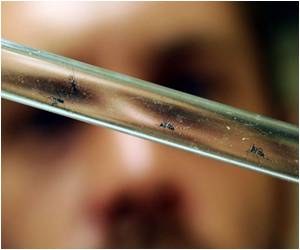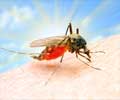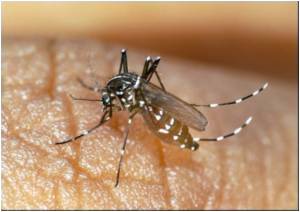
The researchers studied "virus-like particles," or non-infectious forms of the virus. They also obtained near atomic-scale resolution of the virus attached to four separate antibodies.
"We knew these antibodies neutralize the real virus, so we wanted to know how they do it," said Michael Rossmann, Purdue University's Hanley Distinguished Professor of Biological Sciences.
The scientists used a technique called cryoelectron microscopy to uncover critical structural details about the virus-like particles bound to the antibodies. The particles are made of 180 "heterodimers," molecules made of two proteins: envelope protein 1, or E1, and envelope protein 2, or E2.
The findings showed the precise structure of the virus-like particle bound to a key part of the antibodies, called the antigen binding fragment, or Fab, which attaches to the heterodimers making up the virus's outer shell. The analyses showed that the antibodies stabilize the viral surface, hindering fusion to the host cell and likely neutralizing infection.
Chikungunya is an alphavirus, a family of viruses that includes eastern equine encephalitis.
Advertisement
The research is aimed at learning precisely how viruses infect humans and other hosts, knowledge that may lead to better vaccines and antiviral drugs, Rossmann said.
Advertisement
The research, funded by the NIH, is ongoing and involves one graduate student and five postdoctoral students. One goal is to learn how the virus is modified when the antibodies bind to the virus and to obtain higher-resolution images.
Findings are detailed in a research paper published in the journal eLife.
Source-ANI











